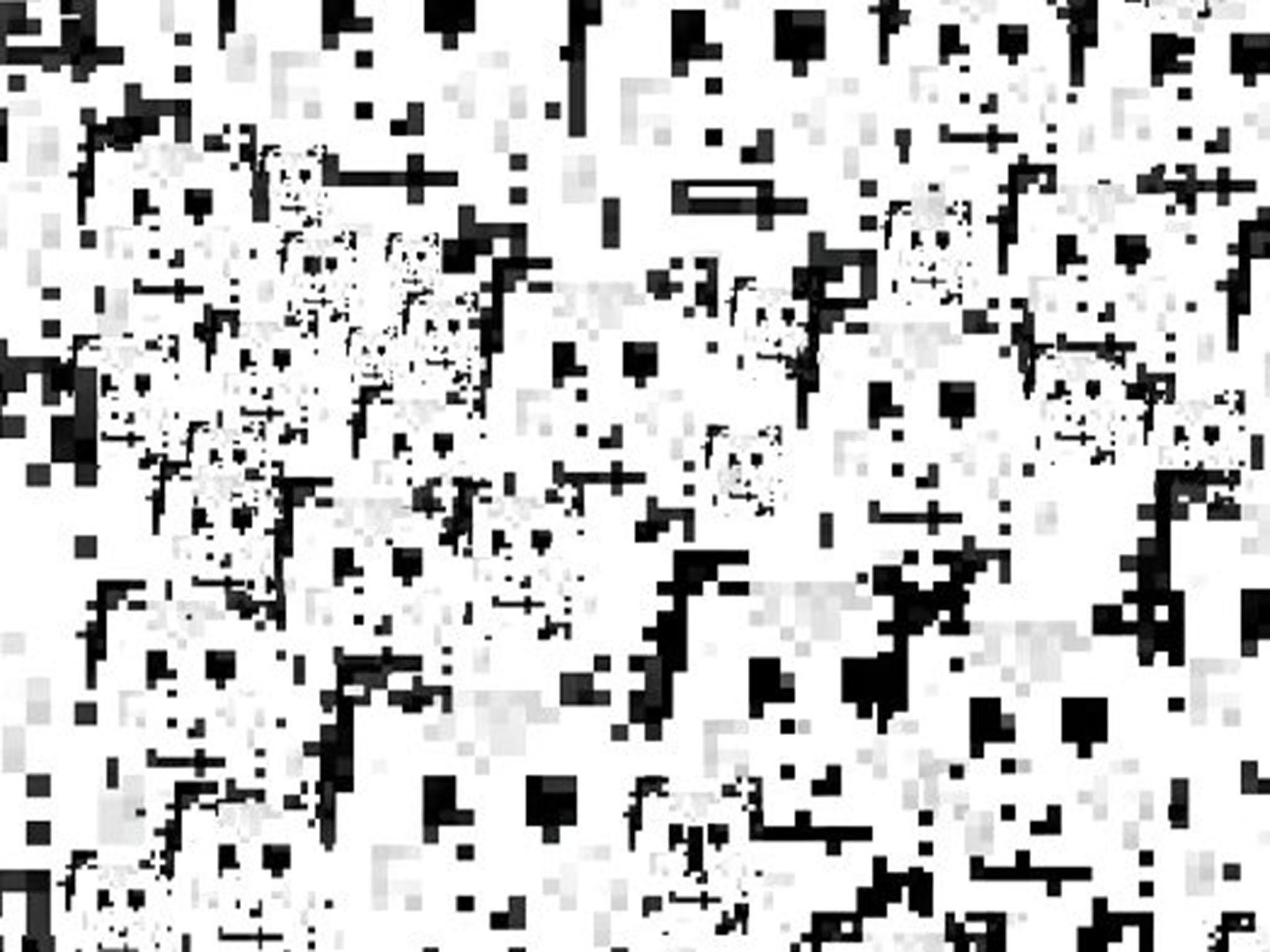Anti-surveillance clothing unveiled to combat facial recognition technology
Hyperface involves applying unique patterns to clothes which appear as thousands of faces

Your support helps us to tell the story
From reproductive rights to climate change to Big Tech, The Independent is on the ground when the story is developing. Whether it's investigating the financials of Elon Musk's pro-Trump PAC or producing our latest documentary, 'The A Word', which shines a light on the American women fighting for reproductive rights, we know how important it is to parse out the facts from the messaging.
At such a critical moment in US history, we need reporters on the ground. Your donation allows us to keep sending journalists to speak to both sides of the story.
The Independent is trusted by Americans across the entire political spectrum. And unlike many other quality news outlets, we choose not to lock Americans out of our reporting and analysis with paywalls. We believe quality journalism should be available to everyone, paid for by those who can afford it.
Your support makes all the difference.An artist has unveiled a clothing line designed to confuse facial recognition technology and hand privacy back to internet users.
Adam Harvey, who has created various projects relating to mass surveillance at his headquarters in Berlin, said he intends to fight back against the now widespread commercial use of facial recognition with a new textiles strategy called Hyperface.
By applying seemingly random patterns to clothing, these appear as thousands of recognisable faces during analysis and can overwhelm computer systems.
Amazon recently started using facial recognition technology at checkouts in their physical store, while Facebook and Apple also use it to tag photos for users.
Mr Harvey told the Chaos Communications Congress last year, that he was using the Hyperface project, created in partnership with Hyphen-Labs, to “overload an algorithm with what it wants, oversaturating an area with faces to divert the gaze of the computer”.
He said: “My projects are motivated by concerns about how computer vision will be used to extract knowledge with the cooperation or consent of an individual,” adding that he felt facial recognition technology “poses a significant threat to privacy”.
Mr Harvey has already introduced CV Dazzle - an avant-garde form of makeup and hairstyling which could be used to confuse facial recognition. He views Hyperface as an extension of this earlier project.
He also designed Stealth Wear, a collection of counter surveillance clothes which he said helped wearers hide from thermal imaging and drones.
In December, a Russian company launched a controversial programme called FindFace that can identify a stranger among 300 million Twitter users in less than a second, despite a warning that the app violated the website's rules.
Join our commenting forum
Join thought-provoking conversations, follow other Independent readers and see their replies
Comments